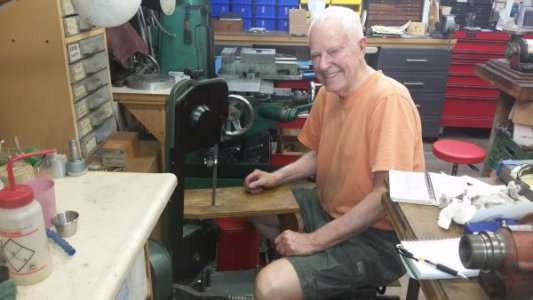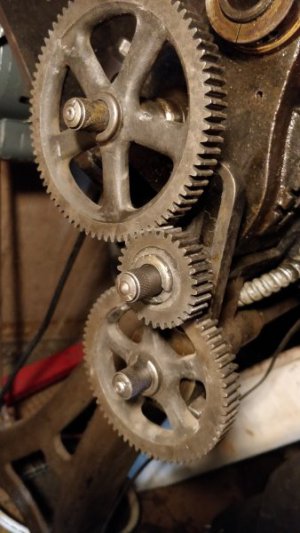- Joined
- Jul 18, 2017
- Messages
- 400
Hman, this is awesome. Now we have an excuse to go out and get some drinks! I visited AZ also since my best friend from high school now lives in Phoenix.Well, durn, Susan! I live in the Phoenix area myself, and know Neil from the Valley Metal club. Fantastically nice guy, isn't he? I would have really enjoyed meeting you. Give a shout next time you plan a trip out here.
Here's a crazy pix of Neil showing me how he "rides" his horizontal bandsaw, lol!

Hey, I guess when you're older, comfort comes first.



